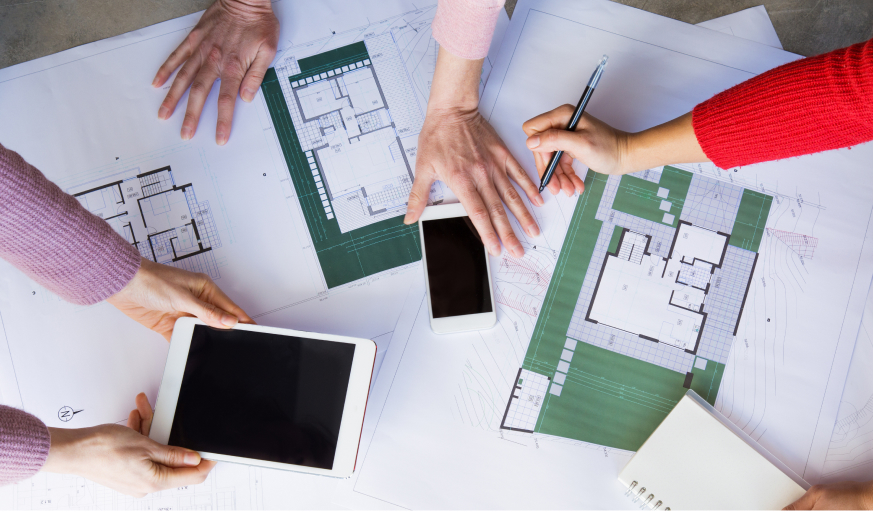
Introduction
Sustainable construction, also known as green building, has become increasingly popular in recent years as awareness of environmental issues grows. It involves designing and constructing buildings in a way that minimizes their environmental impact while maximizing resource efficiency. In this article, we’ll explore the importance of sustainable construction and various techniques employed in the process.
Importance of Sustainable Construction
Sustainable construction is crucial for several reasons. Firstly, it significantly reduces the environmental footprint of buildings by conserving resources, reducing pollution, and minimizing waste generation. Additionally, it offers economic benefits such as lower operating costs and increased property value. Moreover, sustainable buildings provide healthier and more comfortable living and working environments, thus improving the quality of life for occupants.

Construction Techniques
Energy-Efficient Design
Energy-efficient design focuses on reducing energy consumption in buildings. This includes incorporating passive design principles such as orientation, insulation, and natural ventilation to optimize energy performance. High-performance insulation materials and advanced building envelope systems help minimize heat loss and gain. Furthermore, integrating solar panels and other renewable energy technologies enables buildings to generate their electricity, further reducing their carbon footprint.
Eco-Friendly Materials
Using eco-friendly materials is another essential aspect of sustainable construction. This involves selecting materials with low environmental impact throughout the building’s lifecycle, from extraction and production to disposal. Examples include recycled aggregates, sustainable wood products certified by organizations like the Forest Stewardship Council (FSC), and low volatile organic compound (VOC) paints and finishes.
Waste Reduction and Recycling
Efficient waste management and recycling practices are integral to sustainable construction. By implementing strategies to minimize waste generation, such as prefabrication and modular construction, and recycling materials like concrete, metal, and wood on-site, construction projects can significantly reduce their environmental impact. Additionally, repurposing materials from demolished structures for new construction projects helps conserve resources and reduce landfill waste.
Water Conservation Methods
Water conservation is essential in sustainable construction to minimize water usage and protect this finite resource. Techniques such as installing low-flow fixtures, such as toilets and faucets, and implementing rainwater harvesting systems help reduce water consumption and alleviate pressure on municipal water supplies. Greywater recycling systems further enhance water efficiency by treating and reusing wastewater for non-potable purposes like irrigation and toilet flushing.

Case Studies
Several exemplary sustainable construction projects showcase the effectiveness of these techniques in practice. From energy-efficient office buildings to eco-friendly residential developments, these projects demonstrate how sustainable design principles can be successfully implemented across various building types and scales.
Challenges and Solutions
While sustainable construction offers numerous benefits, it also presents challenges such as higher upfront costs and limited availability of eco-friendly materials. However, innovative financing mechanisms, government incentives, and advances in technology are helping overcome these barriers and make sustainable construction more accessible and cost-effective.
Future Trends
The future of sustainable construction looks promising, with ongoing advancements in building materials, construction techniques, and renewable energy technologies. Emerging trends such as net-zero energy buildings, biophilic design, and smart building automation systems are set to further enhance the sustainability and efficiency of buildings.
Conclusion
In conclusion, sustainable construction techniques play a vital role in mitigating the environmental impact of buildings while delivering economic and social benefits. By prioritizing energy efficiency, using eco-friendly materials, minimizing waste, and conserving water, construction projects can contribute to a more sustainable and resilient built environment for future generations.

Leave A Comment